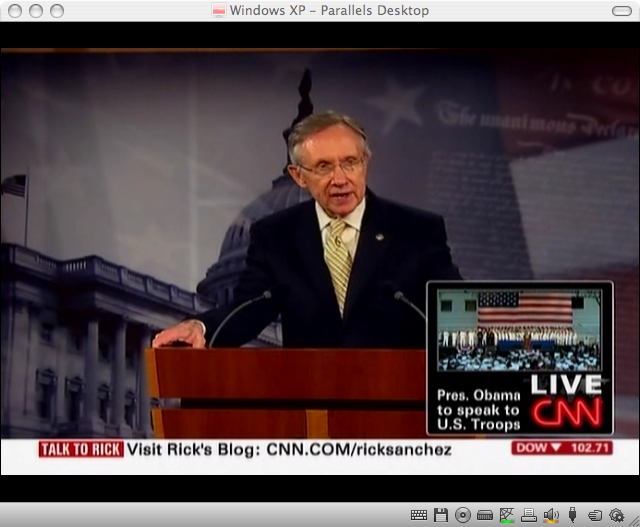We now know that the Senate is making an end run for a public option that gives states a chance to opt out. We also know that Majority Leader Harry Reid is still a handful of votes shy of the 60 he will likely need to pass the overall bill, if it contains the opt out plan.
But how exactly does the opt out work? Senate leaders are mum about the policy details, as they await the CBO to report back a cost estimate. But, after conversations with experts and lawmakers over the past several days, we can take a look at some of the key variables, about which we’ll have more information in the coming days.
Yesterday, Reid suggested–though without elaborating, and with substantial lack of clarity–that states will be allowed to opt out starting in 2014.
At a news conference, a reporter asked Reid, “Can states opt out immediately or is there a period of time where they have to,” participate in the public plan? He responded, but his answer may have obscured more than it elucidated. “They’ll have until 2014,” Reid said.
Reid’s staff was not forthcoming with clarification, but there are two possible interpretations to this answer.
The public option is expected to go live in 2013. The first, and most literal, is that states will “have until 2014” to opt out, after which they’ll be locked in. However, a perhaps more sensible interpretation is that states will be locked in “until 2014” after which they’ll be able to opt out. That means conservative states won’t have to race to opt out, but it also means they’d face the challenge of opting out of a federal program that’s used, and perhaps appreciated, by thousands and thousands of their constituents.
Sen. Tom Carper (D-DE) suggested the latter last week when he told me and another reporter that one issue under consideration was whether “if a state were mandated, required to participate in a national plan initially, whether they’d have the right to opt out of it.”
Separately, there’s the question of whether some states will be barred from opting out on the basis of federal affordability standards.
Carper explained this as well: One of the variables being considered last week, he said, was whether “there should be some standard–how do we say to a state, ‘No you’ve got to participate in it right from day one,’ and if so should there be an opportunity later on for you to say, ‘Well, it’s not working, we don’t want to continue to be a part that,’ and to opt out.”
Finally, there’s the question of how a state would opt out. Most of the speculation up until now has been that the entire state government would have to take affirmative action to remove the public option from its state health insurance exchange. The legislature would have to pass an ‘opt out’ bill, and the governor would have to sign it. However, there has been some speculation that state governors could actually be given fiat power to pull their states out of the national plan. That would almost certainly increase the number of states that would be denied access to the public plan–but it could also help assuage a handful of Senate centrists whose votes will be needed to pass the bill.
When official details emerge, we’ll bring them to you.






